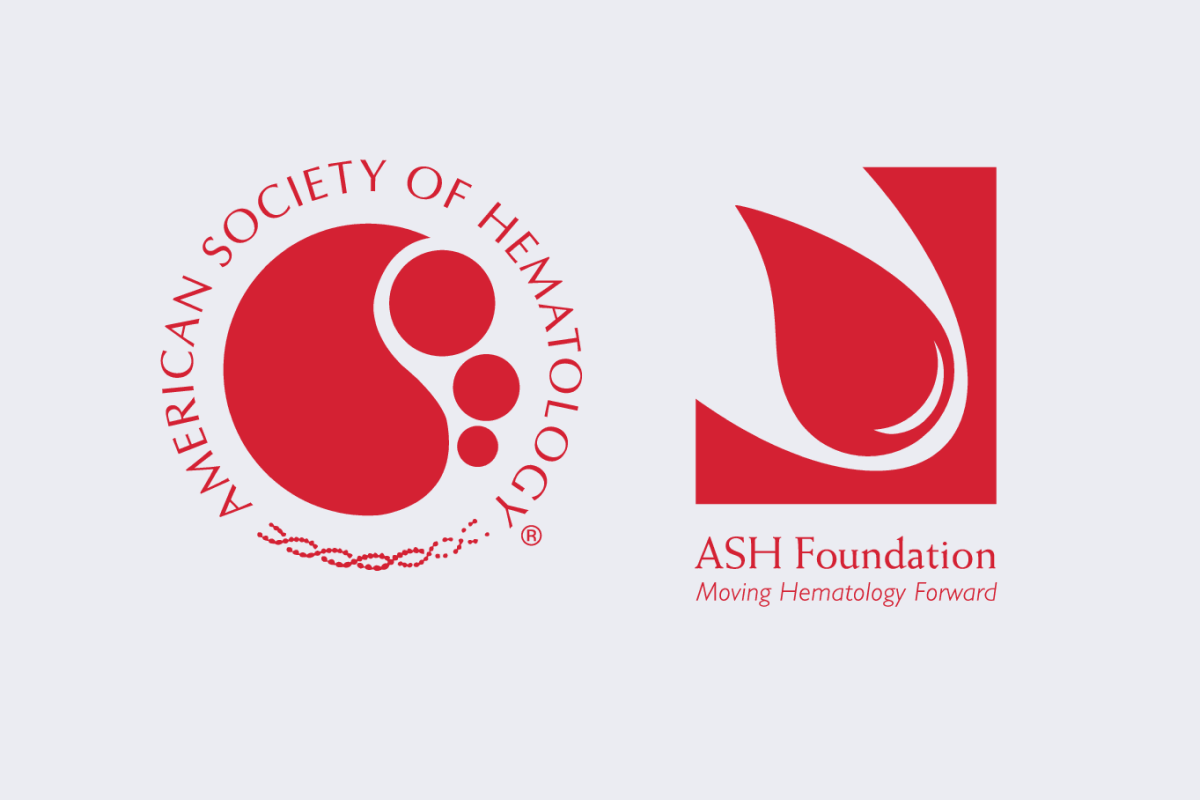Research Saves Lives
Life-saving scientific research is under attack in Washington, and your help is needed to protect funding, advance patient care, and preserve jobs.
Discoveries made by hematologists have led to extraordinary advances in the treatment of blood diseases, including blood cancers such as leukemia, lymphoma, and myeloma, and other conditions such as sickle cell disease, iron deficiency anemia, and blood clots.
These breakthroughs have also led to medical advances outside of hematology, including improved treatments for some of the world’s deadliest and most costly diseases such as heart disease and stroke.
Despite this progress, the future of medical breakthroughs is threatened today. Some in Congress are considering deep budget cuts proposed by the Administration to the National Institutes of Health (NIH), the largest source of medical research in the world.
ASH, which represents more than 18,000 clinicians and scientists committed to conquering blood diseases, strongly urges Congress to protect and support the critical research being led by NIH because it saves lives.
See the Vital Impact of Medical ResearchCONTACT YOUR LAWMAKERS
The Impact of NIH
Deep cuts at NIH are poised to have a ripple effect on multiple fronts, including local economies, scientific research, the U.S. stature as a global leader, and, significantly, the lives of countless patients.

NIH Funding Boosts Growth and Development
Biomedical research stimulates the U.S. economy. On average, each dollar of NIH funding generates more than twice as much in economic output. These benefits are very important to many communities, especially those where universities, research institutes, and medical colleges are major contributors to the local economy.
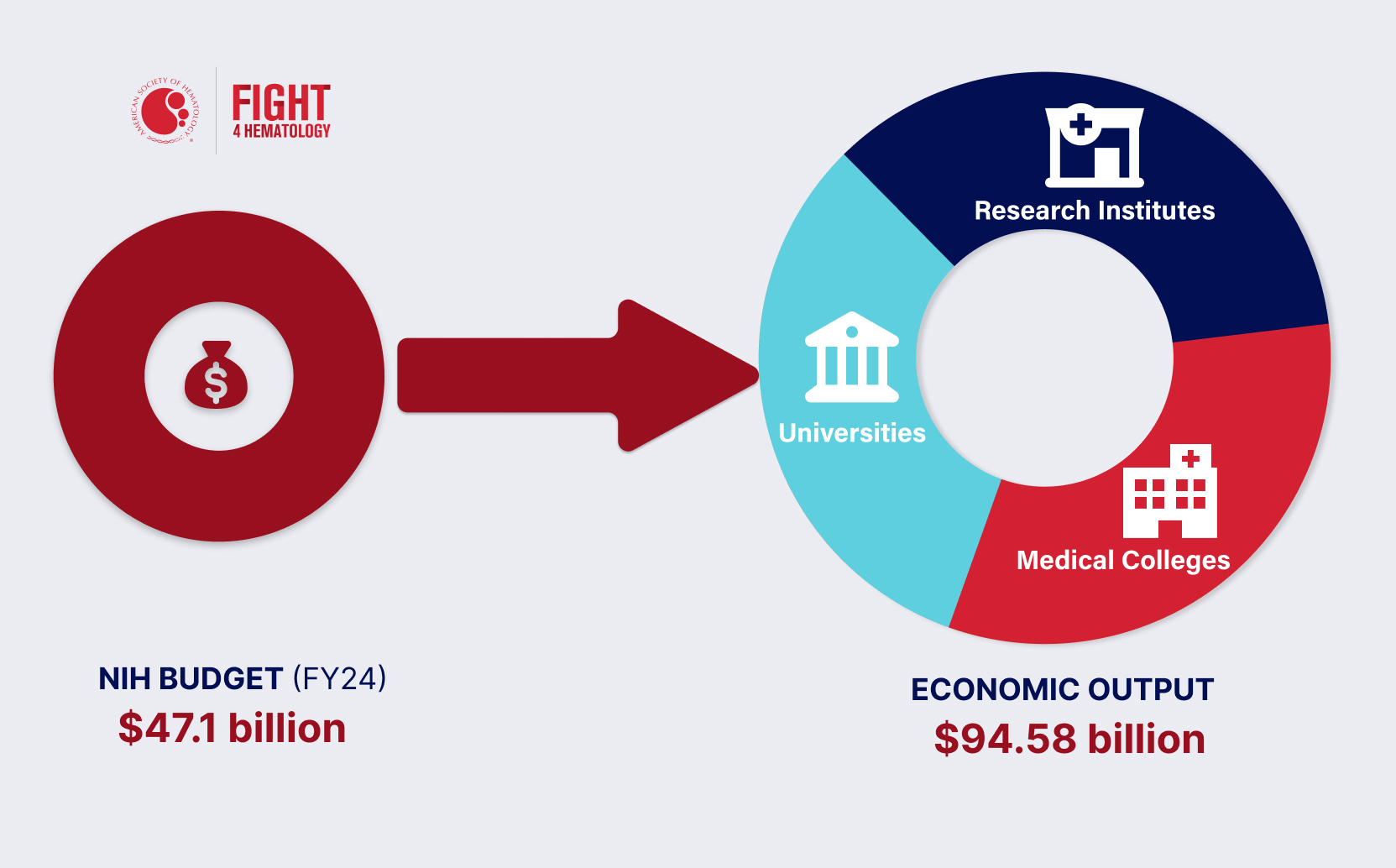
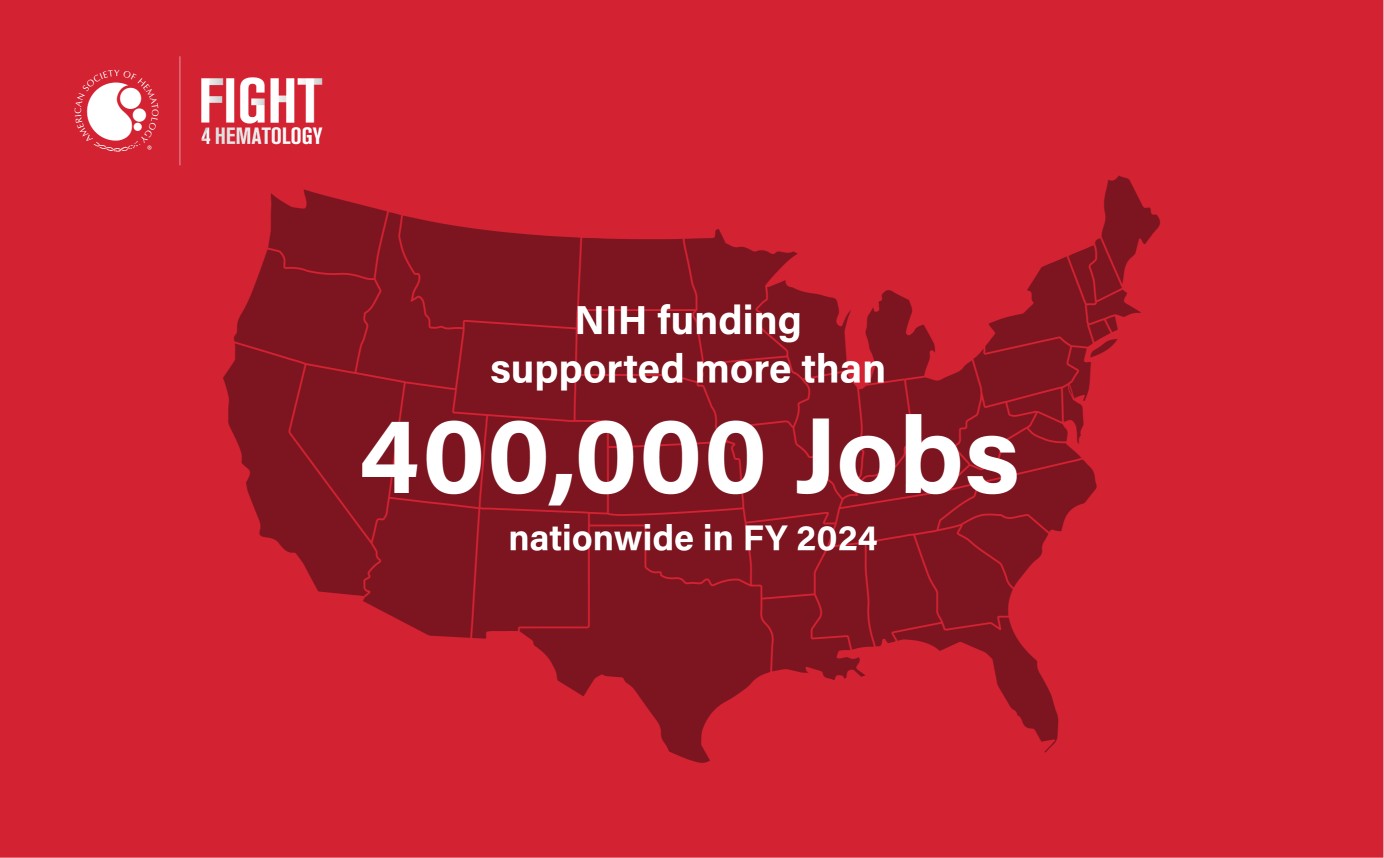
NIH Supports Jobs
NIH-supported research occurs in every state and nearly every congressional district, and NIH funding directly and indirectly supports hundreds of thousands of jobs nationwide, including more than 400,000 jobs nationwide in FY 2024.
How Does NIH Support Your State?
For more information on how NIH funding affects the economy, patients, and medical advances in your state, download our state fact sheets.

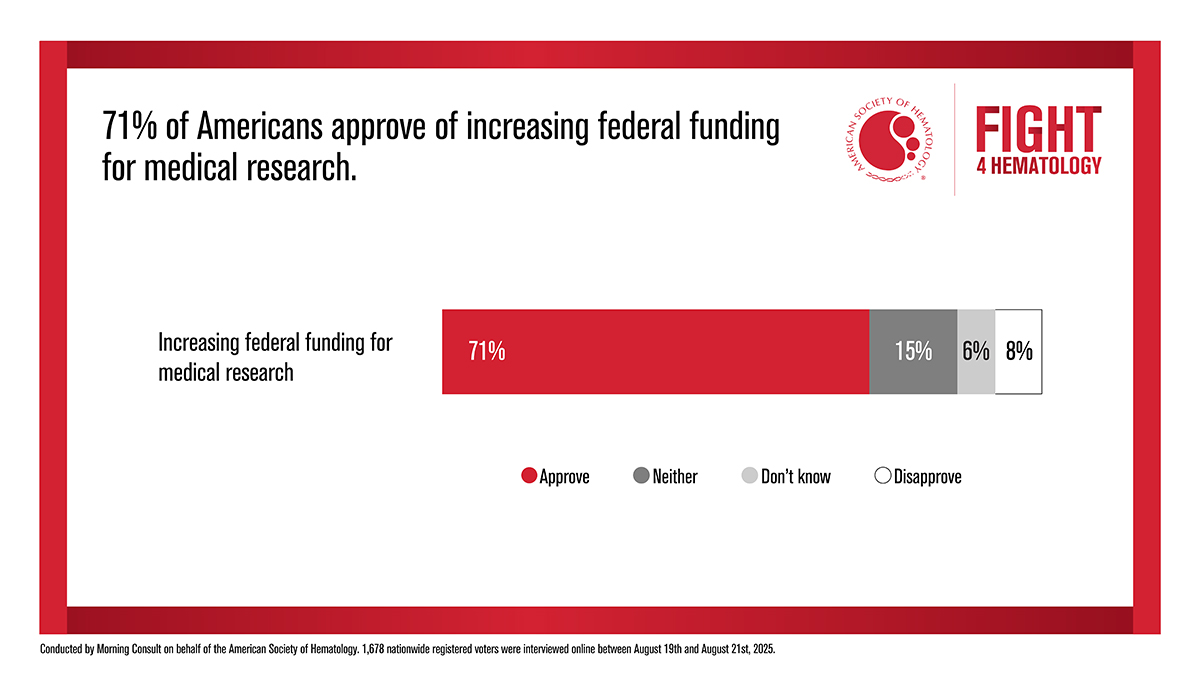
Seventy-One Percent of Registered Voters Want Congress to Increase NIH Budget, Federal Spending on Medical Research: New National Poll
Seventy-one percent of registered voters believe federal funding for medical research on cures for cancer and other debilitating health issues should increase, according to a new national poll.
Millions of Americans are affected by blood diseases and disorders. Without vital research supported by NIH, the health threats are alarmingly real for individuals living with blood cancers, including leukemia, lymphoma, and myeloma, and conditions such as sickle cell disease (SCD), anemia, venous thromboembolism (blood clots), and hemophilia.

Investing in research is not optional; it’s lifesaving. I’m alive today because of advances in stem cell transplants and targeted therapies. Federal programs that support patients, caregivers, and equitable access to care are the backbone of recovery. Every dollar toward science is a vote for survival, for hope, for the future.
Without NIH funding, health care and research professionals may no longer be able to continue their groundbreaking work in hematology. Fewer R01 grants, the most commonly used and competitive program for independent research projects, will halt progress in developing treatments and cures. Facing cuts and potential restrictions on their work, fewer individuals may pursue careers in scientific research and those who do may look abroad for better opportunities.
Since the start of the year, NIH has scaled back new grant awards by $2.3 billion. The Administration's proposed cut of nearly 40% to NIH’s budget will derail countless research projects, threatening the position of the U.S. as a global leader in scientific research. The Congressional Budget Office estimates that a cut of just 10% would decrease the number of new drugs coming to market by roughly 4.5%.
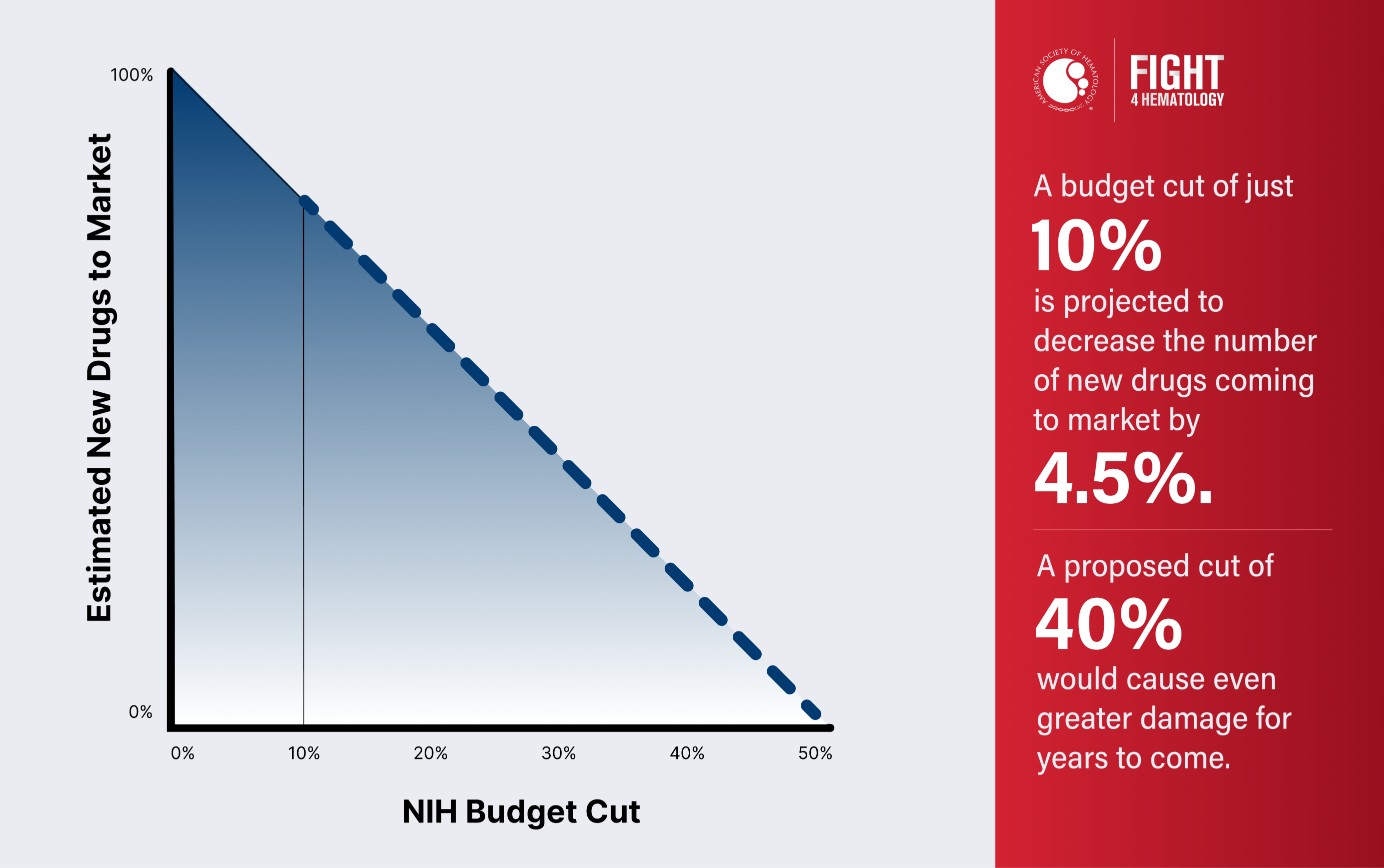
With these cuts (both real and threatened), the likelihood of keeping early-stage investigators in the pipeline is low, and the likelihood of other nations scooping up well-educated research professionals is high. This brain drain will jeopardize the U.S.’ position as a leader in medical innovation and the development of new cures.
Critical advancements in the understanding and treatment of blood disorders would not have been possible without Congress’ investment in NIH. Proposed cuts to NIH will delay the kind of groundbreaking discoveries that advance patient care and save lives.
Below are a few major hematology breakthroughs made possible because of federal funding from NIH over the past several decades:
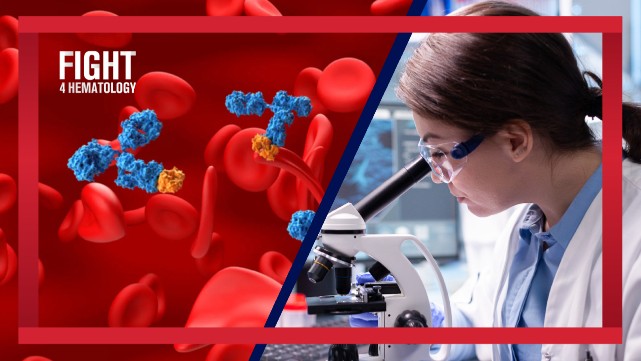
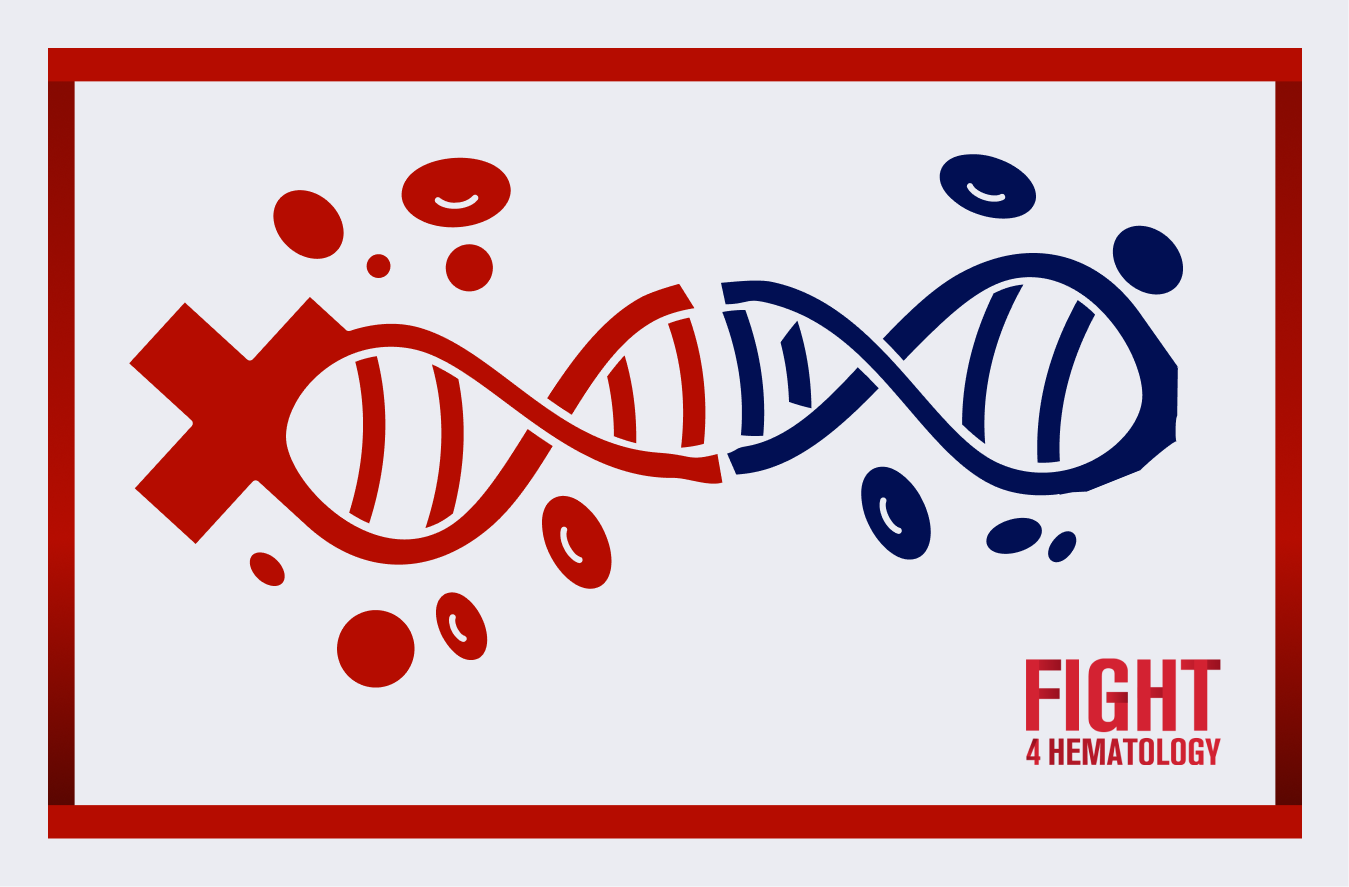
Gene therapies for sickle cell disease
The U.S. Food and Drug Administration (FDA) approved the first cell-based gene therapies for the treatment of sickle cell disease (SCD) in patients 12 years and older in December 2023. These advancements hold promise for delivering more targeted and effective treatments not only for SCD, but also for other rare diseases with limited treatment options. The FDA’s approval of these groundbreaking therapies was the result of decades of research, including that funded by NIH.
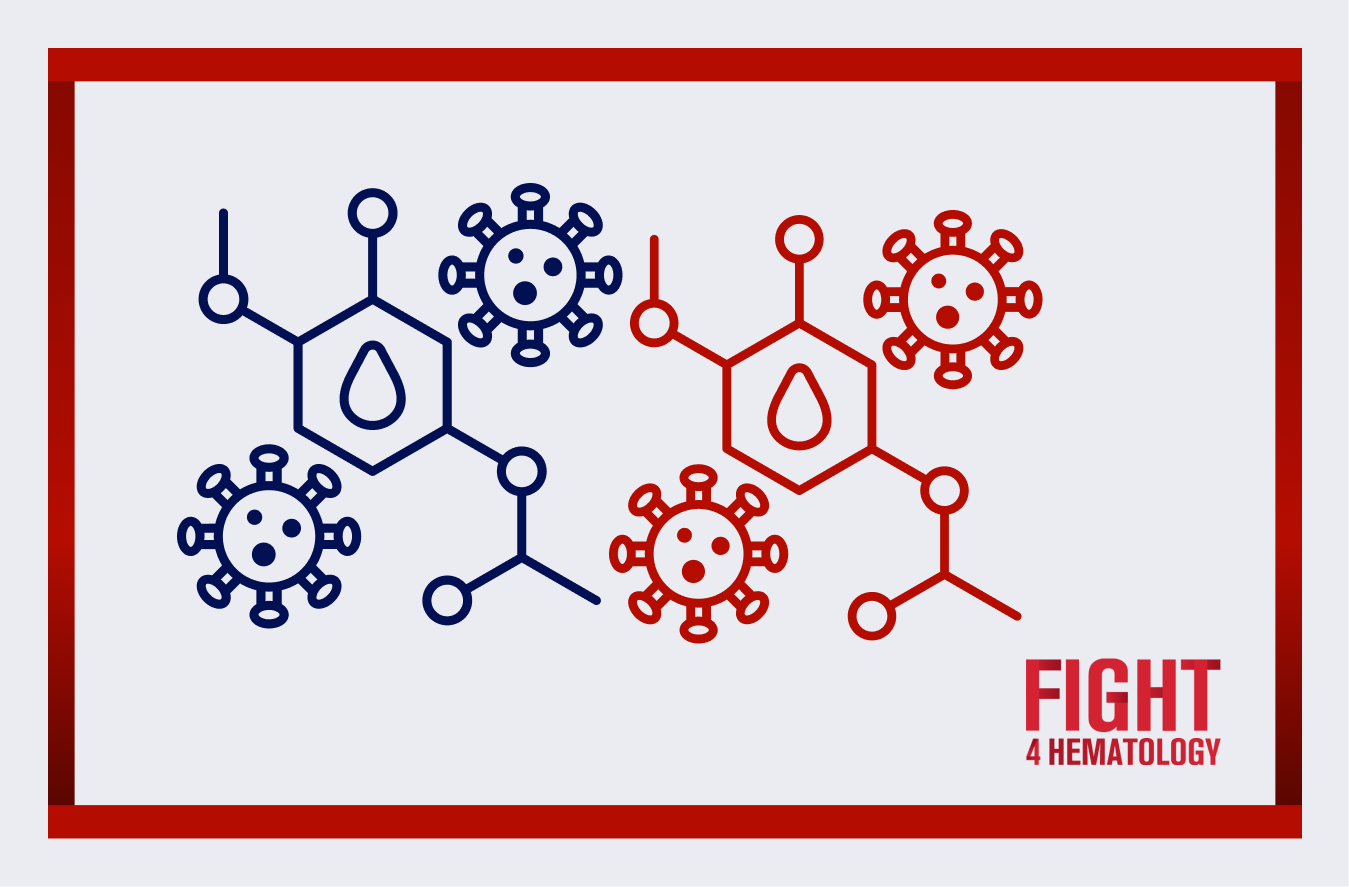
CAR-T therapy for blood cancers
The approval of chimeric antigen receptor T-cell (CAR-T) therapy by the FDA in August 2017 marked an important shift in treatment for individuals with blood cancers who have exhausted all other options – by harnessing the power of a patient’s own immune system to eradicate cancer. The FDA’s approval of this breakthrough treatment resulted from more than 10 years of research, supported by funding from NIH’s National Institute of Allergy and Infectious Diseases and National Cancer Institute.
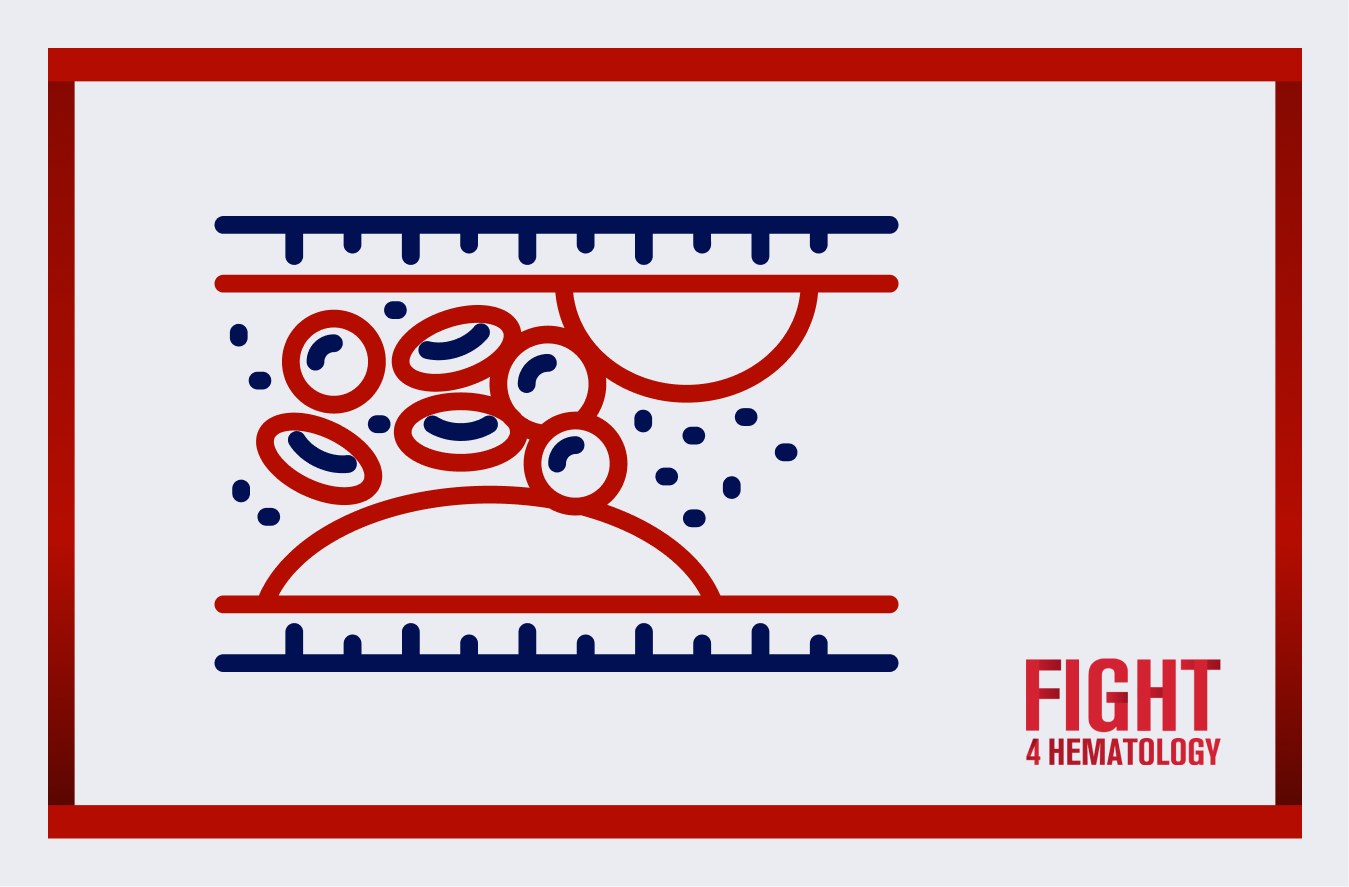
Improved blood clot treatments
Diseases such as heart attacks and strokes, which arise from clots in our blood vessels, are among the most common causes of death in developed countries. However, advances in therapy have lowered the risk of blood clots in leg veins by more than 70%, with deaths from heart attacks reduced by nearly 50%.
Additional Information
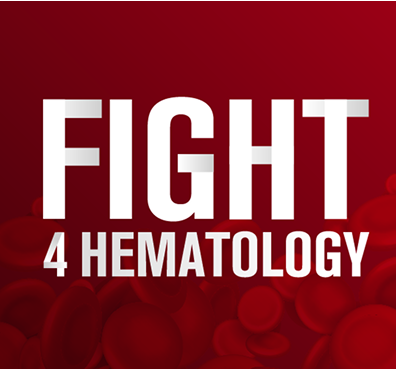
#Fight4Hematology
ASH has created the #Fight4Hematology Action Hub to keep you up to date on ASH's efforts and provide four easy ways you can get involved to protect the future of hematology research and advances in patient care. Together, we can drive meaningful change!

Advocacy

Blood Diseases/Disorders
